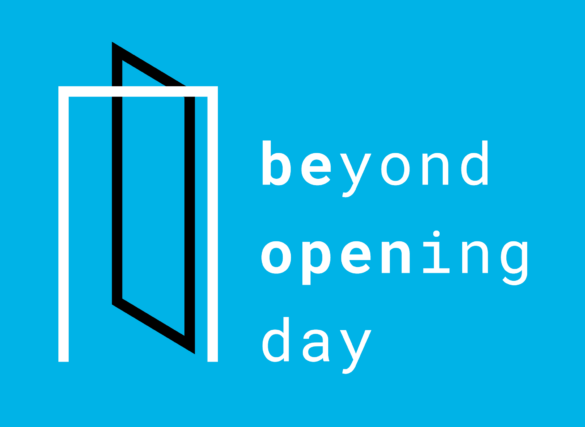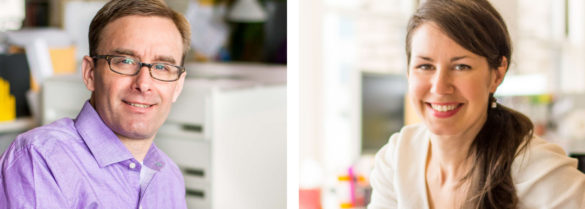
Years of planning, rounds of design, site explorations and valuable community conversations and public agency support have all shaped our vision for the Blue Heron site and The Willamette Falls Riverwalk in Oregon City. Plans and images of this along-awaited, legacy project were revealed this week at a media event on this intriguing 22-acre post-industrial riverfront site.
Thank you to everyone who joined members of the Design Collective – Snøhetta, Mayer/Reed and DIALOG – for the first public viewing of the concept on Saturday, June 3rd, at the Willamette Falls Riverwalk Design Celebration. It was our pleasure to discuss the design of this complex site, assemble a time capsule and raise a glass to toast the success of the project!
The team is beginning work on detailed design and construction drawings for the first phase of the riverwalk, with ground breaking scheduled for next summer. Check out willamettefallslegacy.org for the latest project news and progress.



 An Associate and senior designer at Mayer/Reed, Teresa is being recognized in the Works category for a body of award-winning projects that have contributed to the Pacific Northwest’s reputation for outstanding public spaces, sustainable practices and urban design. Teresa’s significant projects include the
An Associate and senior designer at Mayer/Reed, Teresa is being recognized in the Works category for a body of award-winning projects that have contributed to the Pacific Northwest’s reputation for outstanding public spaces, sustainable practices and urban design. Teresa’s significant projects include the  Ryan Carlson, LEED AP is a registered landscape architect and project manager. His professional pursuits range widely from urban projects such as the Hyatt House Downtown/Portland and the Franklin High School Modernization to parks and ecologically focused projects such as Portland’s Willamette Park Improvements and the Ebey Waterfront Park and Trail in Marysville, WA. Ryan holds a Master of Landscape Architecture from the University of Oregon. He joined Mayer/Reed in 2005.
Ryan Carlson, LEED AP is a registered landscape architect and project manager. His professional pursuits range widely from urban projects such as the Hyatt House Downtown/Portland and the Franklin High School Modernization to parks and ecologically focused projects such as Portland’s Willamette Park Improvements and the Ebey Waterfront Park and Trail in Marysville, WA. Ryan holds a Master of Landscape Architecture from the University of Oregon. He joined Mayer/Reed in 2005.